hC5AR1/C5AR2
Nomenclature
C57BL/6Smoc-C5ar1tm1(hC5AR1)C5ar2tm1(hC5AR2)/Smoc
Cat. NO.
NM-HU-2000018
Strain State
Embryo cryopreservation
Gene Summary
Gene Symbol
C5AR1
Gene Symbol
C5AR2
Model Description
Validation Data
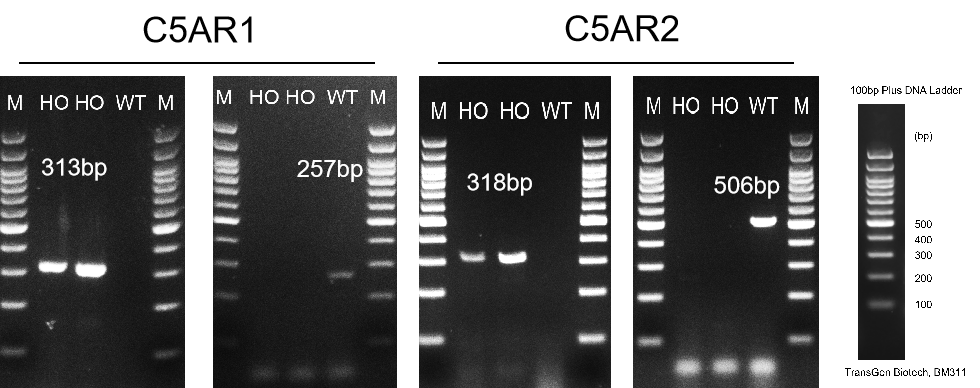
Fig1. Detection of C5AR1 and C5AR2 expression in spleen by RT-PCR.
Wild type: only one band at 257 bp with primers F1/R1 (mC5ar1), only one band at 506 bp with primers F3/R3 (mC5ar2);
Homozygous: only one band at 313 bp with primers F2/R2 (hC5AR1), only one band at 318 bp with primers F4/R4 (hC5AR2).
Abbr. M, DNA marker; HO, homozygous; WT, wild type.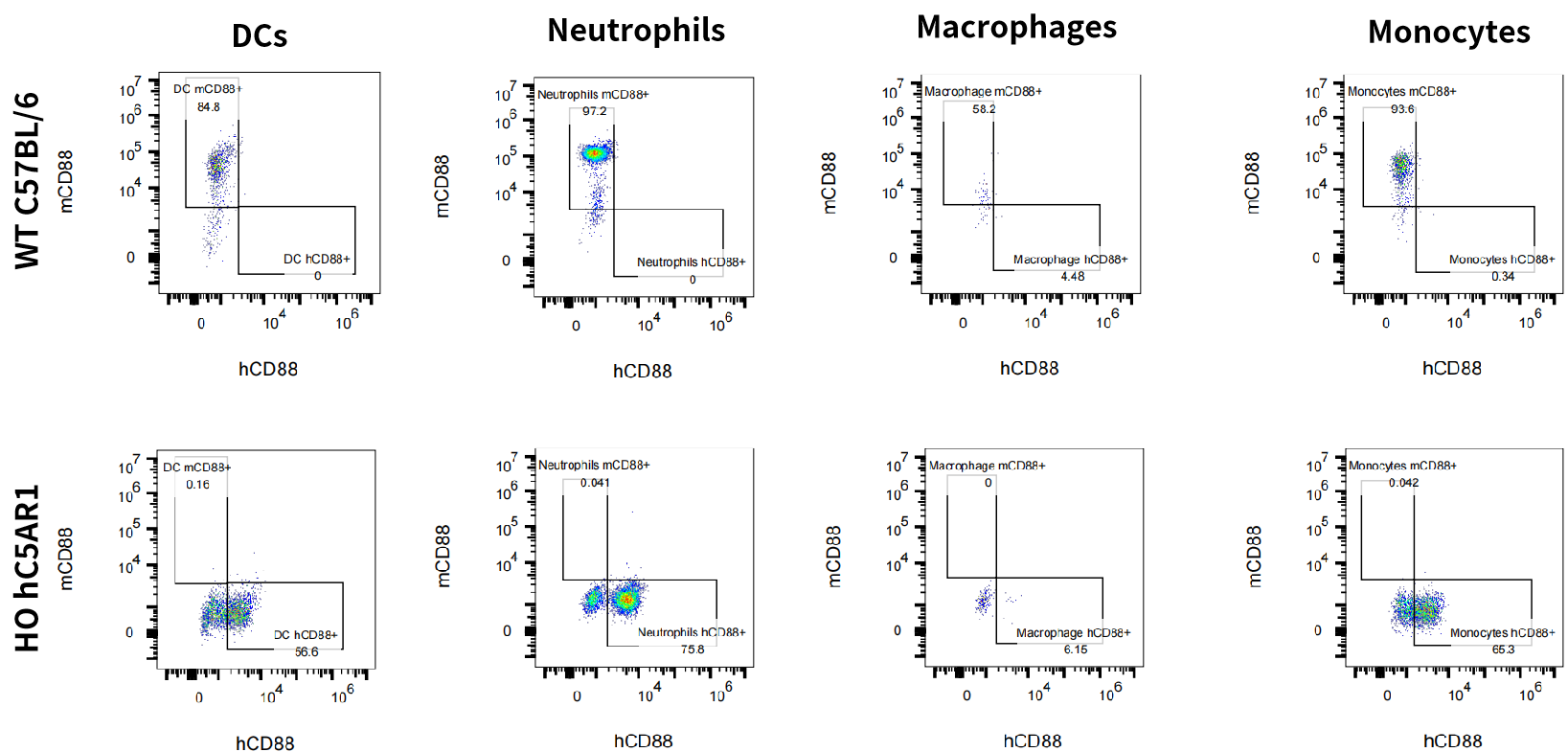
Fig2. Detection of C5AR1 expression on myeloid cells in blood in hC5AR1 knockin mice.
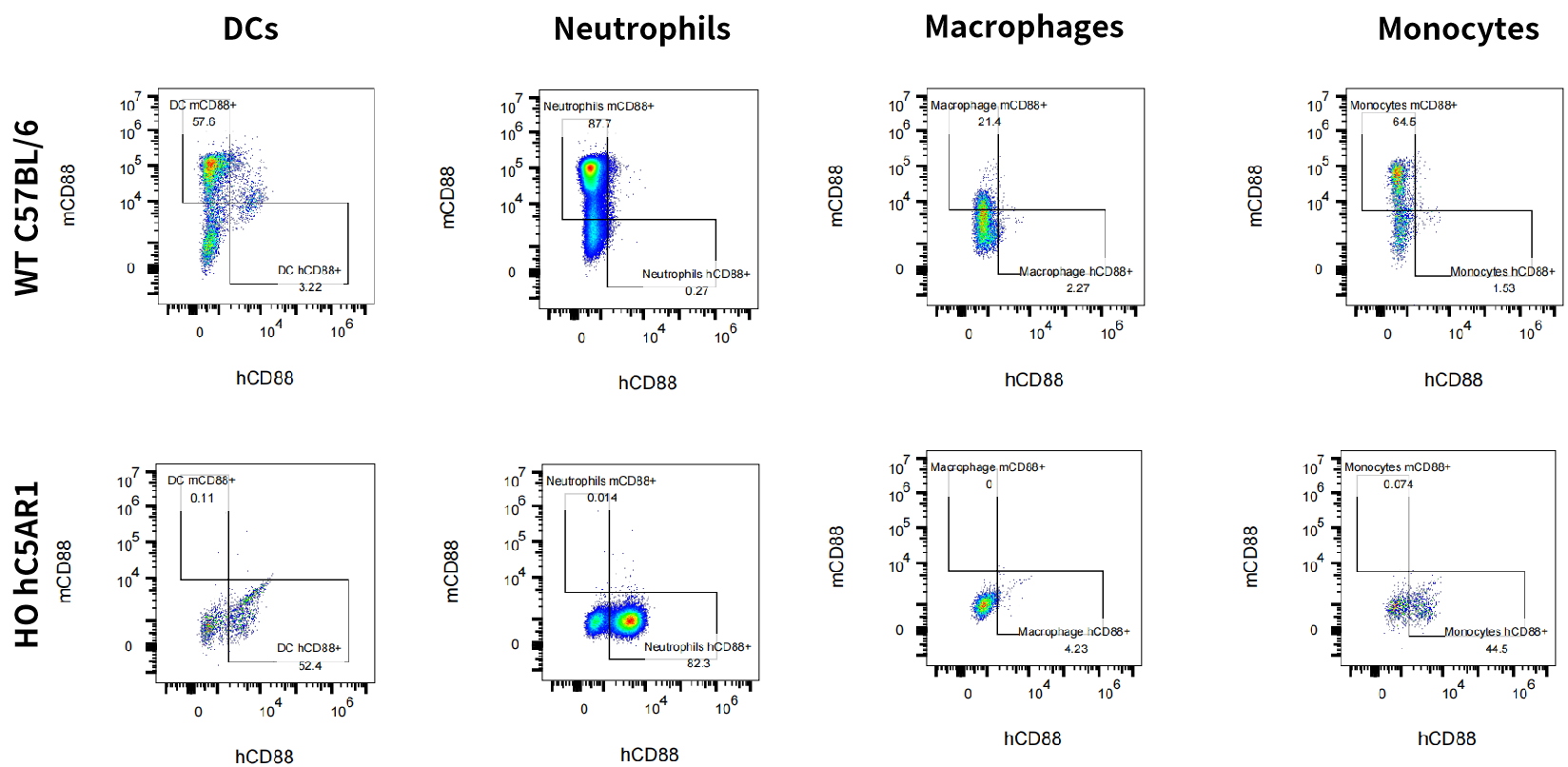
Fig3. Detection of C5AR1 expression on myeloid cells in bone morrow in hC5AR1 knockin mice.
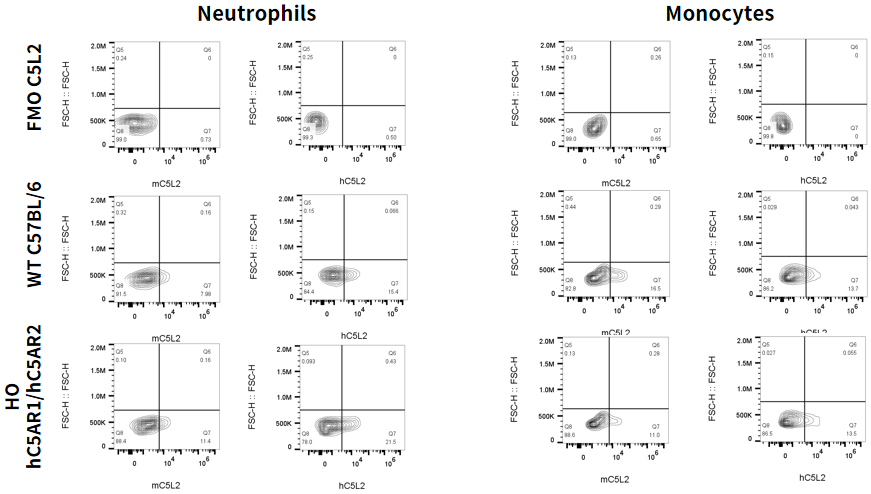
Fig4. Detection of C5AR2 expression on myeloid cells in spleen in hC5AR1/hC5AR2 dKI mice. (Note: Anti-human C5L2 (C5AR2) antibody was cross-binding with mouse C5AR2)
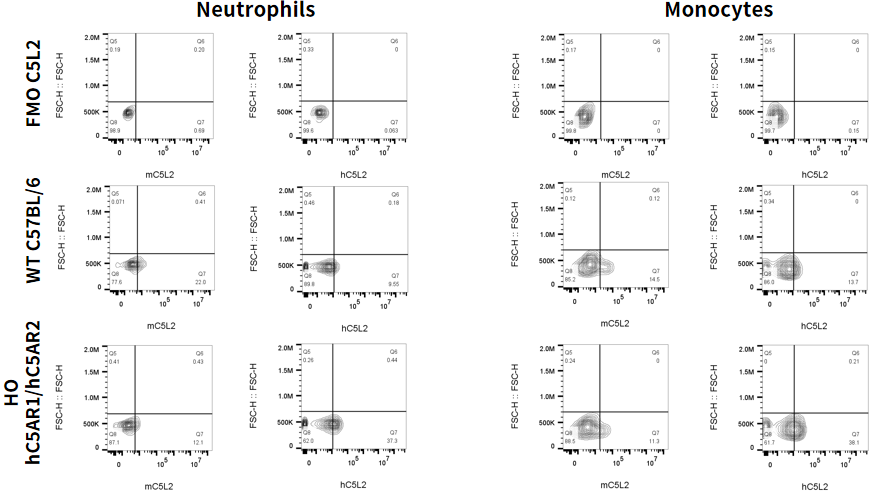
Fig5. Detection of C5AR2 expression on myeloid cells in bone marrow in hC5AR1/hC5AR2 dKI mice. (Note: Anti-human C5L2 (C5AR2) antibody was cross-binding with mouse C5AR2)
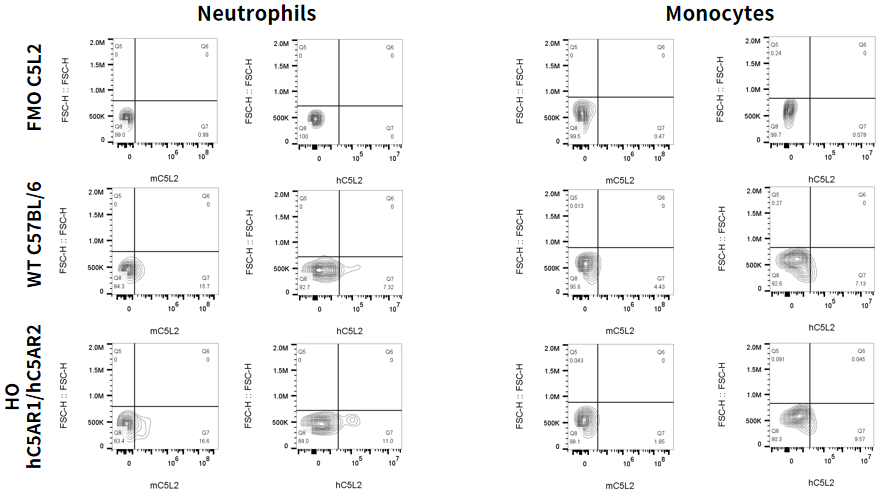
Fig6. Detection of hC5AR2 expression on myeloid cells in peritoneal lavage fluids in hC5AR1/hC5AR2 dKI mice. (Note: Anti-human C5L2 (C5AR2) antibody was cross-binding with mouse C5AR2)
You may also like
On Dec 16, 2018, Broad Institute and Shanghai Model Organisms Center Inc (SMOC) has entered into a non-exclusive license agreement under which Broad has granted SMOC worldwide rights to commercialize a service platform for genetically modified mouse models under Broad's intellectual property.
Learn moreAt GenoBioTX, we understand that the lengthy wait times for gene-modified mouse models can hinder your research progress. Traditional methods often require 6-9 months, leading to delays and increased costs. That’s why we’re thrilled to introduce our innovative service designed to streamline this process and deliver results faster.
Learn more

